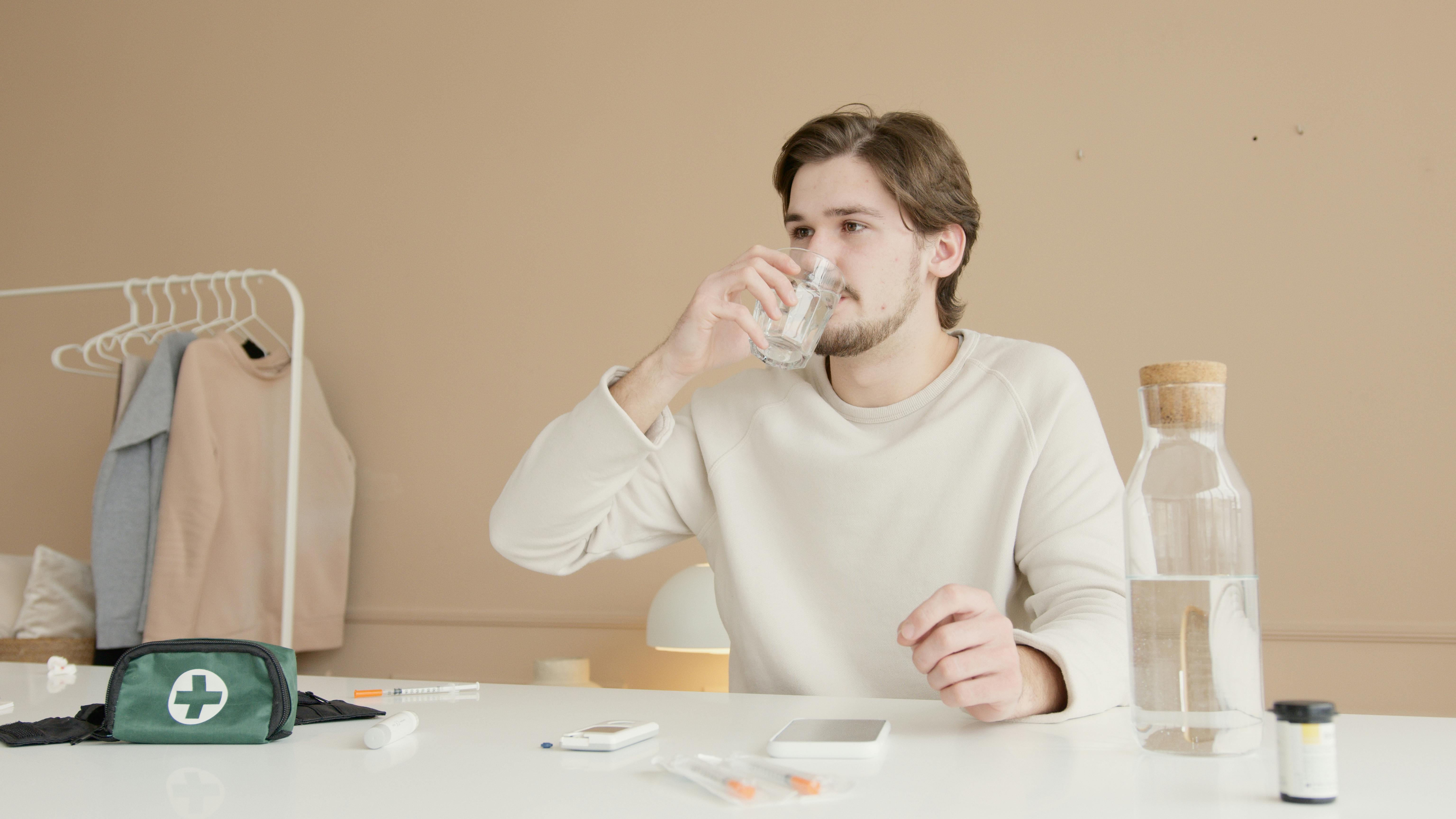
Sweating is a normal bodily function, just like digestion and breathing. It is a way for the body to cool down. Beneath your skin are tiny beads of sweat, connected to your nervous system and controlled by your brain. When your body feels hot, perhaps from sun exposure, vigorous exercise, or anxiety, the brain will react by releasing water on the skin which will cool down and eventually cool down your body as well. Because it is made from water, sweat itself has no odor. However, when left on the skin and exposed to the elements, it attracts odor-causing bacteria. In places where sweat does not evaporate easily, say the armpits, the sweat stays on the skin and accumulates bacteria.
1. Don’t worry about the little things
In addition to the moist skin that hides under the arms, the armpits also have a special type of sweat pad, called an apocrine pad. This gland secretes proteins and carbohydrates that add to sweat. They are glands that develop during puberty and are stimulated when there is stress or sexual arousal. Because they secrete special materials, they attract additional bacteria and, when left on hidden skin, cause body odor.
To prevent such an odor from causing discomfort and embarrassment, natural and synthetic deodorants are readily available.
2. Antiperspirant or Deodorant?
It is a common misunderstanding that antiperspirants and deodorants are the same thing. The truth is that they are not, but both address the problem of bad body odor.
Antiperspirants are chemicals that keep you from sweating. With the use of aluminum-based chemicals, these block the pores so that the armpits do not sweat. Deodorants remove the smell of sweat and neutralize bacteria. However, they do not prevent sweating, so if there is continuous sweating, deodorants can be reapplied during the day to prevent bacteria and odors from developing.
3. Types of deodorants
Antiperspirants are made synthetically, however, deodorants can be made from both natural and synthetic materials. Below is a list of natural deodorants that you can make at home.
– Baking soda powder deodorant
Sodium bicarbonate is a white, alkaline-based powdery substance. When mixed with acid, such as underarm sweat, a chemical reaction occurs, which produces gas and evaporates the sweat. Mix equal parts of baking soda and cornstarch and add a few drops of essential oil to the mixture to give it your own personal scent. After showering and thoroughly drying your armpits, apply the mixture with a damp cloth. Do not rinse.
– Basic Liquid Deodorant
If you want to approximate the feel of commercial deodorant through one-step application, try making a liquid deodorant. Mix 1/4 cup of witch hazel extract, aloe vera gel, and mineral water. To do this, add 1 teaspoon of glycerin and add a few drops of lavender or your favorite essential oil. Transfer to a spray bottle and shake each time before use.
– Another Homemade Deodorant
Sometimes you have cleansers and toners for your face that irritate your skin. Don’t throw them away. They can work as an underarm cleanser. In addition to removing sweat and odor, facial cleansers can also improve underarm skin.
– Commercially available deodorant
The personal care market is saturated with different brands that promise to protect you from sweat and body odour. Be sure to read labels when buying a product and understand what you’ll be applying to your skin. Most brands are responsible enough to state that their products are purely deodorant or that they are both antiperspirant and deodorant. In any case, they come in different forms as follows:
Aerosol – Usually contained in aerosol cans, these are pressurized liquid deodorants. These are convenient for refreshing many times a day.
Roll-on: This is the first type of commercially available deodorant. The container has a ball in the middle, which you roll to apply the liquid in the container to your skin.
Gel – This type of deodorant is transparent when applied, which is preferred when you want to avoid staining your skin or clothes.
Stick – A solid deodorant that has a paste-like consistency. It is extruded from the deodorant container and spread over the armpits.
Regardless of what you decide to go for, always make sure you look at your skin when trying out a new product. People vary in skin types and reactions to different materials, so as soon as you see redness, feel itching, or experience a burning sensation, stop using the product and wash immediately with mild soap and water. This is important because these unpleasant symptoms can occur even if you do not have allergies, most often due to sensitive skin.
Control your sweat and your smell: use a deodorant every day!